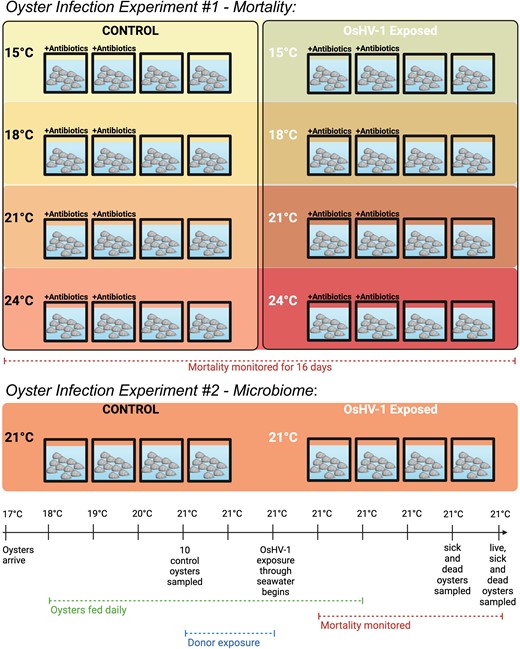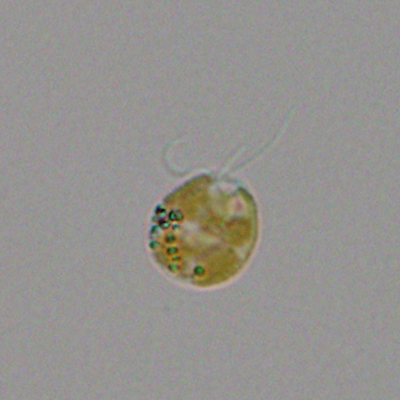2024-08-12 カリフォルニア大学サンディエゴ校(UCSD)
<関連情報>
- https://today.ucsd.edu/story/oyster-virus-detected-in-san-diego-bay-likely-worsened-by-warmer-waters
- https://academic.oup.com/sumbio/article/1/1/qvae014/7697550
サンディエゴ湾のオストレイヘルペスウイルス(OsHV-1)微小変異体が太平洋産カキの稚貝に与える温度と微生物を介した影響 Temperature and microbe mediated impacts of the San Diego Bay ostreid herpesvirus (OsHV-1) microvariant on juvenile Pacific oysters
Emily Kunselman, Daysi Manrique, Colleen A Burge, Sarah Allard, Zachary Daniel, Guillaume Mitta, Bruno Petton, Jack A Gilbert
Sustainable Microbiology Published::22 June 2024
DOI:https://doi.org/10.1093/sumbio/qvae014

Abstract
The ostreid herpesvirus (OsHV-1) was recently detected in San Diego Bay for the first time in farmed juvenile Pacific oysters (Crassostrea gigas). Due to the virus’ ability to cause mass mortality (50%–100%), it is important to determine the factors that promote infection as well as the consequences of infection. Here, we assess the role of temperature in controlling OsHV-1 induced mortality. Pacific oysters were exposed to the San Diego Bay microvariant of OsHV-1 at four different temperatures (15°C, 18°C, 21°C, and 24°C). While OsHV-1 was able to replicate in oyster tissues at all temperatures, it did not induce mortality at 15°C, only at the higher temperatures. Additionally, we examined oyster tissue-associated bacterial response to OsHV-1 infection. As shown previously, bacterial richness increased following OsHV-1 exposure and then decreased as the oysters became sick and died. Four bacterial taxa linked to the San Diego Bay microvariant infection, including Arcobacter, Vibrio, Amphritea, and Pseudoalteromonas, were the same as those shown for other microvariant infections in other studies from globally distributed oysters, suggesting a similar spectrum of co-infection irrespective of geography and microvariant type. The significant shift in the bacterial community following exposure suggests a weakening of the host defenses as a result of OsHV-1 infection, which potentially leads to adverse opportunistic bacterial infection.


